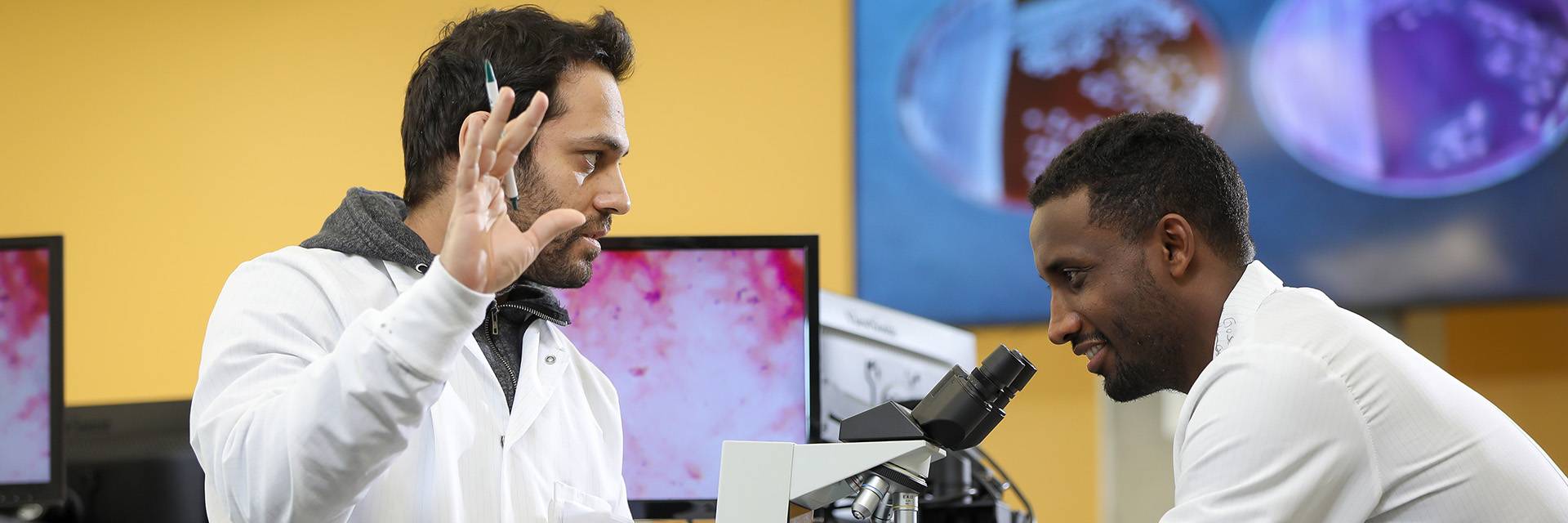
Departmental Plans
Departments within the School of Medicine & Health Sciences have developed their own Multicultural Education plans or follow national efforts specific to their profession.
Department of Family & Community Medicine
Department of Sports Medicine
Department of Occupational Therapy
- Accreditation Council for Occupational Therapy (ACOTE)
- Standards for Accreditation
- AOTA (2018) Accreditation Standards for the Occupational Therapy Program: Diversity
Department of Physician Assistant Studies
- Accreditation Review Commission on Education for the Physician Assistant, Inc. (ARC-PA)
- Standards for Accreditation